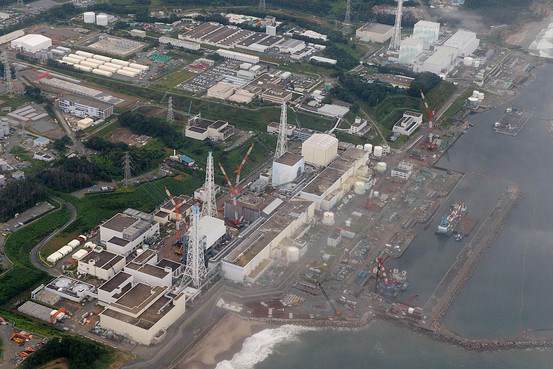Contaminated Water
Tuesday marks three years since an earthquake and tsunami in Japan led to the world’s worst nuclear accident since Chernobyl. After a year in which leaks of contaminated water at the Fukushima Daiichi nuclear-power plant made headlines, here are some questions and answers on where the issue stands:
Q: Is the water problem fixed?
